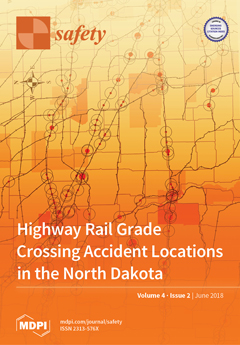Background: Fishing is a risky occupation as injuries and fatalities in fishing vessels are quite common. This paper investigates the pattern of injuries aboard fishing vessels in Denmark to get a better understanding of areas where further action is needed to reduce the number of injuries and fatalities in Danish fishing vessels.
Materials and methods: Data for this study, extracted from the Danish Fishermen’s Occupational Health Service’s database (in the period 1998–2012) and the Danish Maritime Authority’s accident report from 2013 to 2016, include 1840 injuries in Danish fisheries.
Result: The results showed decreased injuries in the study period from 45 injuries and deaths per 1000 fishermen reported to the authorities to 12 injuries and deaths per 1000 fishermen in 2016: 2.1% (
n = 39) of all reported injuries in the study period resulted in the death of a fisherman and the remaining injuries resulted in sick leave of more than one day; 52.5% (
n = 600) of reported injuries involved fishermen who have less than one year’s experience of employment; 29% (
n = 407) of injuries took place between 12:00 and 16:00, and the second largest number of injuries, 23.3% (
n = 324), took place between 8:00 and 12:00. The incident rate of slip/fall injuries has decreased from 10.06 per 1000 fishermen in 1998 to 3.84 in 2016. The incidence rate of injuries caused by crushing also decreased, from 9.32 accidents per 1000 fishermen in 1998 to 2.56 in 2016. Most of the injuries, 74.5% (
n = 1307), happened on the deck of the vessel. Sprain/strain was among the most common injuries (34.2%;
n = 538) followed by fracture (24.8%;
n = 391).
Conclusion: This study indicated that the number of injuries had been gradually decreasing in Danish commercial fishing vessels in the period from 1998 to 2016. The rate of injuries had been declining due to several initiatives such as the establishment of The Danish Fishermen’s Occupational Health Services, training, safety campaigns, technological improvement and structural changes in fisheries management. However, there are still places for improvement.
Full article





